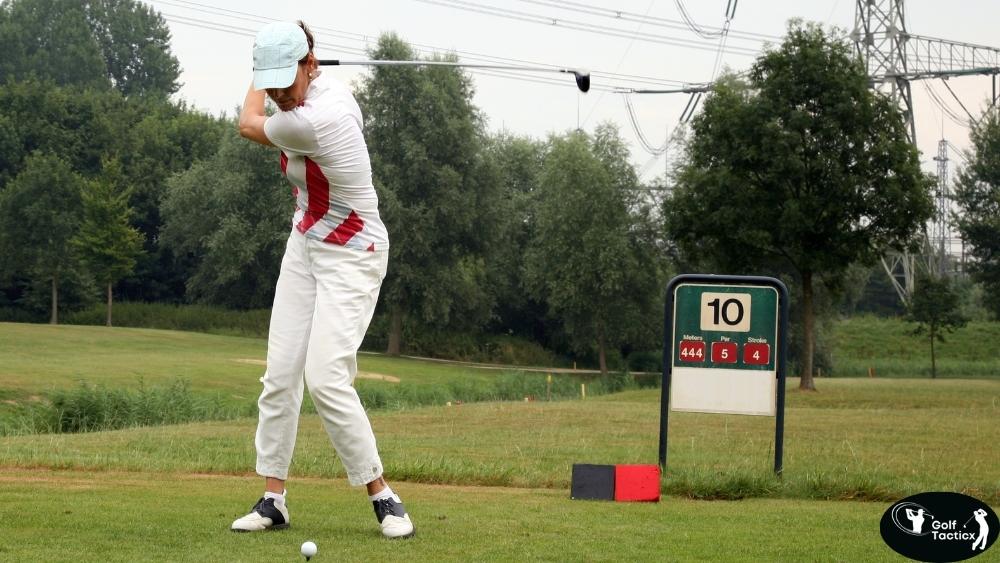In the previous post, we covered Putting Distance Control and discussed its importance in improving overall putting accuracy.
Tracking your progress and identifying areas for improvement are essential steps in enhancing your golf game. By systematically recording and analyzing your performance, you can make informed decisions about where to focus your practice efforts. Here’s how you can effectively monitor your progress and pinpoint weaknesses:
Keep Detailed Records of Your Rounds
After each round, note key statistics such as:
- Fairways Hit: The percentage of fairways you successfully land off the tee.
- Greens in Regulation (GIR): The percentage of greens you reach in the expected number of strokes.
- Putts per Round: The average number of putts you take during a round.
- Scrambling Percentage: Your success rate in saving par when missing the green in regulation.
Recording these metrics consistently provides a clear picture of your performance.
Utilize Golf Tracking Apps
Leverage technology to streamline data collection and analysis:
Golfshake
Offers a comprehensive golf score tracker with advanced statistics, allowing you to analyze your game and identify strengths and weaknesses.
TheGrint
Provides a platform to track scores, connect with other golfers, and access performance statistics to monitor your progress.
Golf Pad GPS Rangefinder
Offers detailed scoring, maps, and shot tracking, helping you analyze your performance and improve your game.
Zepp Golf
Focuses on swing improvement with video features and swing metrics, providing insights into your swing mechanics.
Tag Heuer Golf
Provides GPS tracking, 3D maps, and shot distance measurements, helping you understand your game better.
These apps can automate data collection and offer in-depth analysis, making it easier to track your progress over time.
Analyze Your Performance Data
Regularly review your collected data to identify patterns:
- Compare Rounds: Look for trends in your statistics across different rounds to spot consistent strengths and weaknesses.
- Identify Areas for Improvement: If you consistently miss fairways or have a high number of putts, these areas may require focused practice.
For instance, if your greens in regulation percentage is low, it might indicate a need to work on your approach shots.
Set Specific Goals
Based on your analysis, establish clear, measurable goals:
- Short-Term Goals: Aim to reduce your putts per round by a certain number over the next few weeks.
- Long-Term Goals: Work towards increasing your greens in regulation percentage over the next season.
Setting goals provides direction and motivation, making your practice sessions more purposeful.
Seek Professional Feedback
Consider consulting with a golf instructor to gain expert insights:
- Swing Analysis: A professional can assess your swing mechanics and suggest improvements.
- Course Management: They can offer strategies to navigate the course more effectively, addressing areas where you may be losing strokes.
Professional guidance can provide personalized advice tailored to your specific needs.
Monitor Your Handicap
Regularly updating and reviewing your golf handicap can serve as a benchmark for your progress:
- Track Improvement: A decreasing handicap indicates improvement in your overall game.
- Identify Consistency: Consistent performance across rounds is key to lowering your handicap.
Monitoring your handicap helps you understand your skill level relative to other golfers and track your improvement over time.
Reflect on Your Practice Sessions
After each practice session, take time to reflect:
- What Went Well: Identify aspects of your game that showed improvement.
- Areas to Work On: Note any challenges or areas where you struggled.
This reflection helps you adjust your practice plan to focus on areas needing attention.
Conclusion
By systematically tracking your performance, analyzing data, setting goals, seeking professional feedback, monitoring your handicap, and reflecting on your practice sessions, you can effectively identify weaknesses and track your progress. This approach enables you to make informed decisions about where to focus your practice efforts, leading to continuous improvement in your golf game.
Stay tuned for the next post, where we’ll discuss the best practice habits for a beginner golfer.
















Leave a Reply